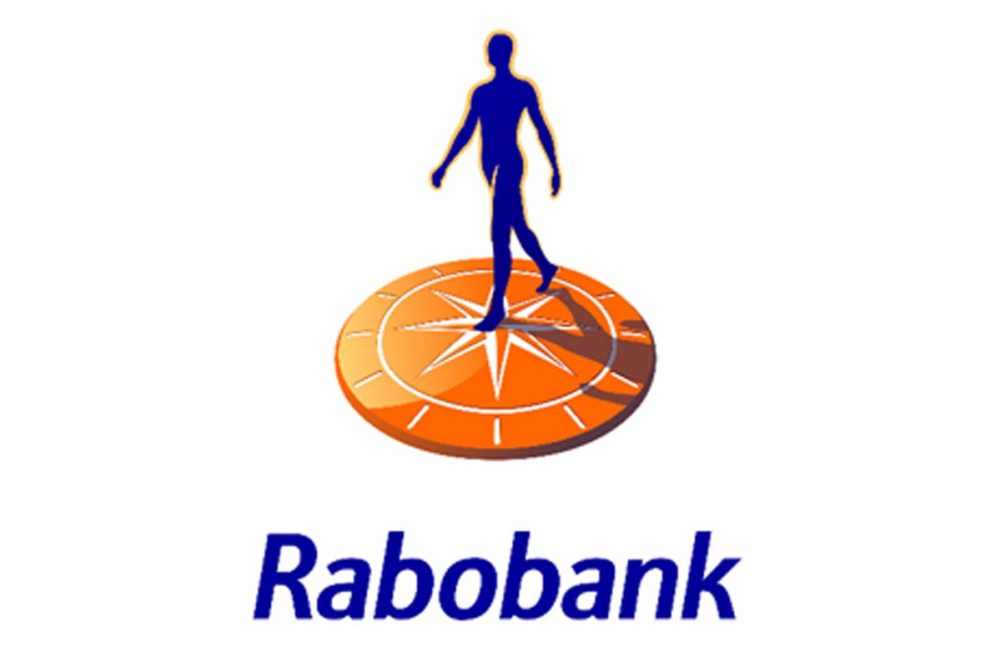UTRECHT, NETHERLANDS – Retail beef prices are trending as much as 23% higher in the United States as of the fourth quarter of 2021, exceeding the average for the past five-year period. Concurrently, the cost for beef in China increased 24% over the same period, with demand outpacing supply in most cases. While some of the rising input costs that caused the run-up are expected to ease in 2022, including freight, feed and energy, components such as labor and sustainability will likely be a more permanent cost of doing business for the entire food supply chain, according to Rabobank’s Global Beef Quarterly Q1 2022 report.
The fact that other proteins did not experience significant increases, and in some cases even decreased during the period is forcing the hands of retail shoppers, said Angus Gidley-Baird, senior analyst of animal protein with Rabobank.
“Further increases in beef prices run the risk of consumers substituting to other proteins or reducing their overall consumption. And we are starting to see signs that they might be reaching their limit,” Gidley-Baird said.
The report also addressed the affect of the ongoing conflict between Russia and Ukraine in recent weeks and said it likely won’t have significant impacts on global beef markets. However, with the two countries accounting for about 29% of wheat exports globally, any trade embargoes could have an impact on feed prices.
From a global perspective, the report said beef production will likely increase about 1% in the first quarter of 2022 and into Q2 among key beef-producing countries. In January 2022, cattle prices in Q1 in Uruguay and Brazil were up 3% and 7%, respectively, according to the report. Australia is expected to show the most significant production gain as the country continues to recover from drought conditions throughout the country.
Looking at the remainder of 2022, the threat of continued high prices could tamp down demand, according to Rabobank, which would serve to ease pressure on supply.
“However, consumers’ willingness to pay for beef across most markets has been phenomenal and while there may be signs of weakening demand in some markets, others remain strong,” the report said. “Maybe we have not reached the limit yet.”

